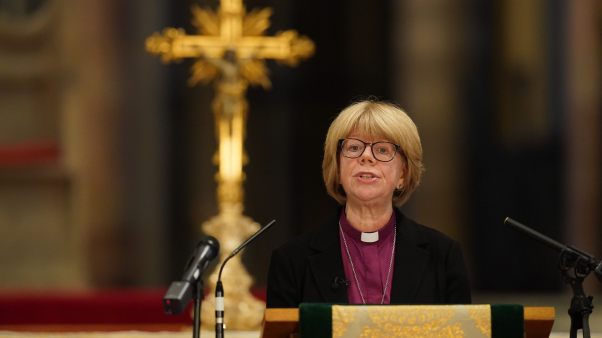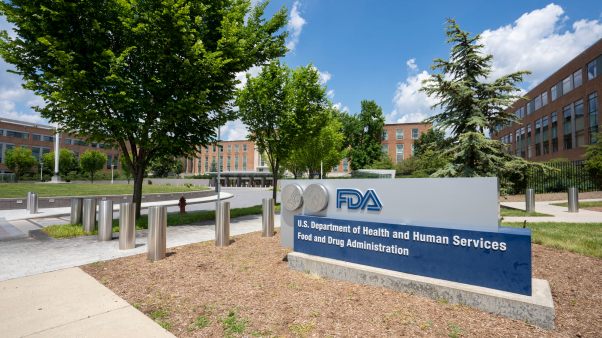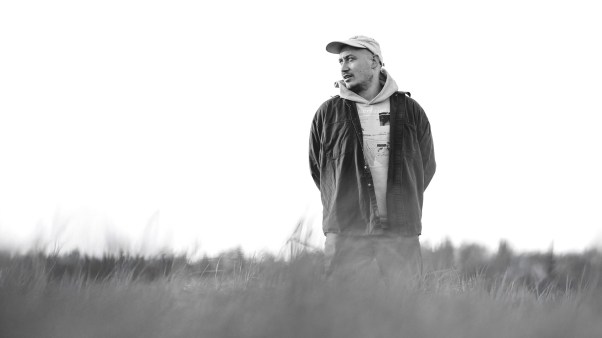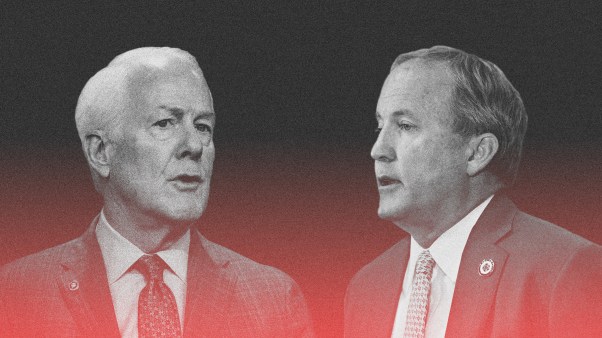On the morning of July 16, 1769, on a windswept hillside overlooking the Pacific Ocean, Father Junipero Serra celebrated High Mass before a hewn wooden cross. The Mass signaled the sunset of Spain’s mission colonization of the New World but the dawn of Father Serra’s greatest work.
By the 1760s Spain’s empire had been drained by far-flung battles and internal decay. When the Russians began moving from Alaska down the western coast of North America, the Spanish became alarmed. In 1768, a plan to permanently settle California was formulated. This movement, spearheaded by Captain Gaspar de Portolá, would move north from Baja California to reach Monterey’s bay, where a garrison would be established. Each wave of settlement, by land or sea, would pass through San Diego, with coastal mission settlements planned between the two points.
Taking seriously the name of this “Sacred Expedition” was Serra, a 55 year-old Franciscan friar who, despite a badly infected leg, insisted on making the trip: “I have placed all my confidence in God, of whose goodness I hope that he will grant me to reach not only San Diego but also Monterey.” His prayers were answered.
Giving Up Success
Miguel José Serra was born November 24, 1713, on the island of Majorca. Schooled at a Franciscan friary, he requested admission to the Franciscan order at age 16. Serra chose the religious name “Junipero,” recalling the simplicity and good humor of St. Francis’s early companion.
His superb teaching gifts were soon recognized and sharpened through doctoral study. But his promising career did not satisfy the young professor. Late in 1748, he requested that he and Fray Francisco Palou (his future biographer) become apostolic missionaries to the New World.
While waiting at port in Spain before the Atlantic crossing, Serra wrote a letter that spoke of the “great joy” in his heart and expressed a life theme: “Surely [my parents] would always encourage me to go forward and never to turn back.… The office of an apostolic preacher, especially its actual exercise, is the greatest calling to which they would wish me to be chosen.”
In late 1749, Serra embarked for New Spain and eventually began working in the Sierra Gorda Mountains, north of Mexico City. For eight years, the slight (5-feet, 2-inch) and impatient Serra translated Christian doctrine and prayers into the language of the Pames Indians. Serra also worked alongside the Indians to build a large stone church in Jalpan that is still used for worship today. His intensity and hard work combined with an uninhibited joy and a delight in God’s creation, and these qualities impressed his followers.
He was transferred to the College of San Fernando in 1758, where he earned a reputation as an able administrator and fervent preacher. Often he would dramatize his sermons by scourging himself with chains or pounding his chest with heavy stones. And he refused to have his infected leg treated—in the tradition of the mystics, he felt pain was a delight.
Sacred Expedition
In early 1767, King Charles III suddenly expelled the Jesuits from Spain and its colonies. The orphaned Jesuit missions on the parched Baja California peninsula were entrusted to a handful of Franciscans, with Fray Serra chosen presidente of the mission. Within weeks, his missionary band began serving the Indian population of the scattered Baja missions, which were connected only by primitive roads. The following year, Serra committed himself to propagate the faith among the unreached peoples (“gentiles”) in Alta (upper) California.
This new venture was not without its costs. Two ships carrying supplies to meet Serra’s overland party in San Diego lost thirty-four men to scurvy, over a third of their crew. Of forty-four Indian helpers, thirty-two died or deserted the overland party. Thus, San Diego’s first institution was not a mission or presidio (military outpost) but an infirmary.
Serra’s initial letter from California bore a warning: “Let those who are to come here as missionaries not imagine that they are coming for any other purpose but to endure hardships for the love of God and for the salvation of souls.”
San Diego de Alcalá (in modern San Diego) was the first of twenty-one missions founded in California; Serra was responsible for nine. For fifteen years, whether by ship or, less frequently, on California’s Camino Real (royal highway), Serra regularly traveled a five-hundred mile stretch on painful legs.
It took the San Diego mission a year before it could baptize a convert. At Carmel (the second mission established), it took Serra six months to gain a follower—and that was a child. By the fifth year, though, there had been over 900 baptisms. And by the time of Serra’s death in another ten years, some 5,000 neophytes were living in the missions, along with 500 Spanish soldiers and settlers.
A great deal of that success can be credited to Serra’s enthusiasm. Near the future site of San Antonio de Padua, Serra’s mule train had hardly been unburdened and a bell hung from an oak when he suddenly rang the bell and shouted, “O Gentiles! Come, come to the holy church!” His companions had to remind him there was not yet a church, nor an Indian, in sight.
The missions were designed not only to convert, but also to “civilize” and educate the Indians. And once Indians joined the mission they could not leave without permission. They were expected to attend services several times daily, and they were taught basic skills of building, farming, and various crafts.
Some native Americans resisted the regimented lifestyle. Serra was known to whip recalcitrant Indians at times for their own good, he felt, since the system was moving them toward redemption.
But mission life wasn’t all austere. Nearly every feast day on the calendar yielded processions, feasts, and games. The Indians were fed three substantial meals a day, which relieved them of their perpetual search for food.
Spiritual Sheep, Real Goats
After Serra died in 1784, at Mission San Carlos in Carmel, the missions continued to expand both spiritually and economically. Within fifty years, another twelve missions were established, and by 1832, 17,000 Indians were attached to them. The missions that year harvested 120,000 bushels of grain and herded 150,000 cattle, 15,000 horses, and 140,000 hogs, sheep, and goats. Sixty-three years earlier California had contained not one cow, horse, hog, sheep, goat, or grain of wheat—nor a single Christian.
After Mexico’s independence from Spain in 1821, and an 1834 Secularization Act that put mission property in secular hands, the missions quickly fell into decay.
Nonetheless, the missions were a monumental spiritual and organizational feat. Yet the intense, chocolate loving friar who began them observed once, “The only quality that I can feel fairly sure I have by the kindness and grace of God is my good intentions.”
James D. Smith III is pastor of Clairemont Emmanuel Baptist Church and adjunct professor of church history at Bethel Seminary—West, both in San Diego, California. He is a member of the editorial adisory board of Christian History.
Copyright © 1992 by the author or Christianity Today/Christian History magazine.Click here for reprint information on Christian History.










